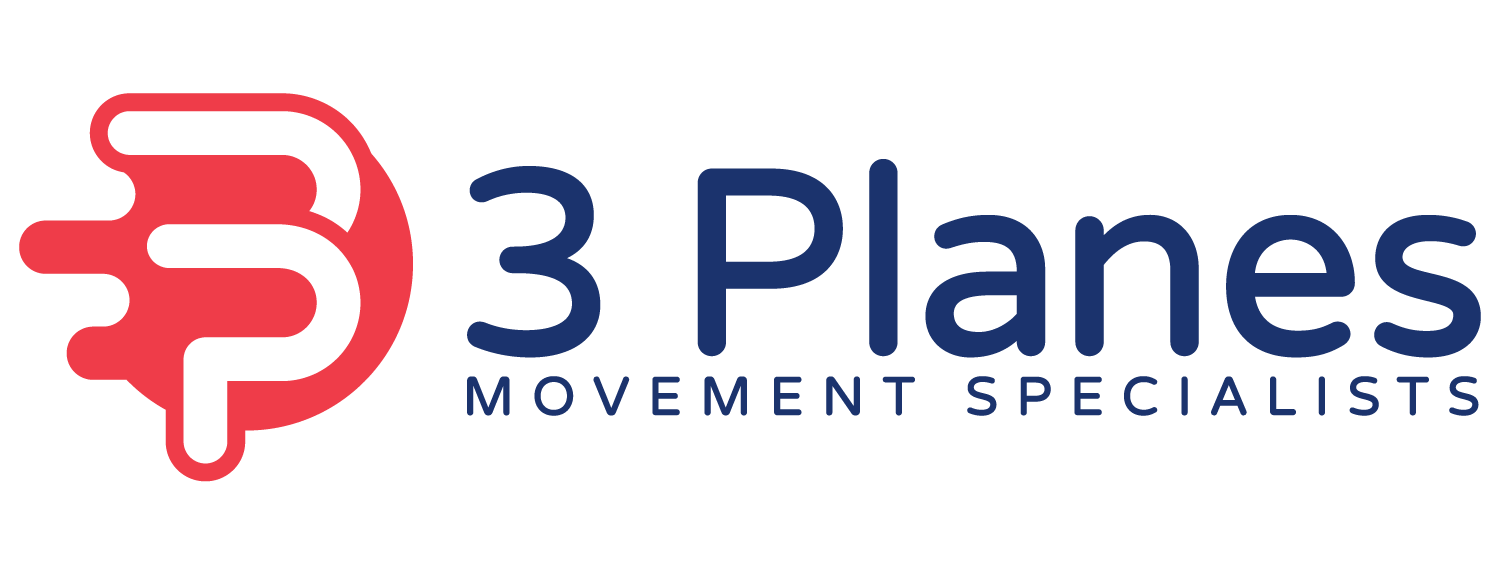Knee pain with running:
Of those who run with pain, up to 70% of them have pain in their knee(s). To determine what may be the cause, we’ll break it down by location.
Anterior (front) of the knee: Possible structures: patellar tendon, patellar femoral joint (PFJ), quadriceps or quad tendon. All of these typically occur due to overuse or excessive demand being placed on them. This could be due to direct weakness or the quadriceps (front of the thigh) muscle or indirect weakness of calf, glutes, hamstring, which places increased demand on the quad to compensate. It could also be from a movement impairment that results in the knee extending forward to the toe before the heel comes off the floor during running. Just like we keep the knee behind the toes during squats, we want the same thing during running to protect the front of the knee.
Medial (inside) of the knee:
Possible structures: MCL (medial collateral ligament) or meniscus (cushion inside the knee). Damage to the inside of the knee typically occurs due to a movement impairments that lead to the knee “caving in”. The underlying cause of this impairment could be due to decreased strength in the glutes, quads, or lower leg, decreased ability to utilize proper musculature, or habit.
Lateral (outside) of the knee:
Possible structures: LCL (lateral collateral ligament) or IT band. Damage to the LCL is due to the knee “bowing out”. This could be due to weakness as well as movement dysfunction. Damage to the IT band is from overstraining the outside of the thigh. This occurs when the thigh crosses into midline. This could be from several different issues; weakness in the glutes or quads, tightness in opposite hip flexor, or movement dysfunction in the pelvis, trunk, or legs.
Posterior (behind) the knee:
There are not many orthopedic structures in the back of the knee. The gastroc (calf) crosses the back of the knee and may be the source of pain (see Achilles tendonitis – they share similar causes). Additionally, there is much open space in the posterior aspect of the knee joint capsule, allowing for swelling to accumulate. This can occur when structures onside the knee joint are involved (ACL, PCL, meniscus, joint surfaces).
3 Planes Fixes for knee pain:
Objective Strength Testing to determine direct or indirect weaknesses.
3D Motion Capture: to determine movement impairments contributing to pain.
Home Exercise and Movement Correction Training: to address weaknesses and related movement impairments causing pain.
If you have knee pain with running, we have the knowledge and equipment to help to create a custom treatment plan that will reduce your pain quickly and support natural healing without the use of prescription pain medications. Contact us today!

